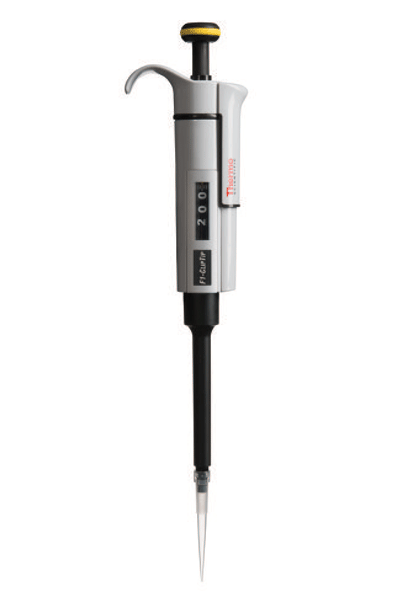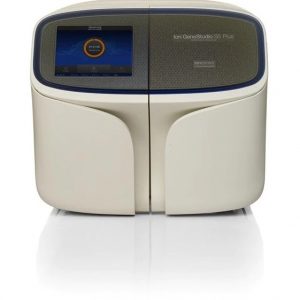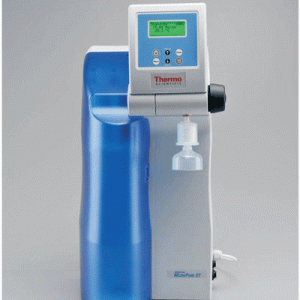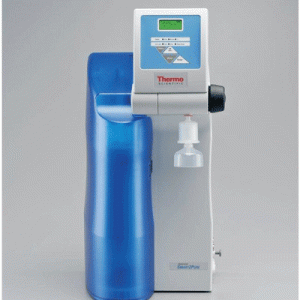All Products
FINNPipette F1 Cliptip Single and Multi-Channel Pipettors
Now silent and effortless, Thermo Scientific™ F1-ClipTip™ Variable Volume Pipettes feature newly enhanced volume adjustment, and the added confidence of ClipTip technology that locks tips firmly to the pipette with a complete seal.
Eliminate the frustration of banging tips on your pipette
With a light touch, each tip is clipped securely on the pipette.
Reduce the risk of loose or leaking tips
When ClipTip pipette tips are on, they are sealed and will not loosen. The ClipTip pipetting system remains sealed until you decide to eject tips, even in the most comprehensive applications, including multiple tip touches and mixing cycles.
Ergonomically In-touch
Lightweight handle design combined with low plunger, tip attachment and ejection forces help reduce the risk of RSI
Silent, Effortless Volume Adjustment
Enjoy the new silent and lighter volume adjustment mechanism with over 50% lower forces compared to earlier models.
Secure Volume Lock
The secure volume setting prevents undesirable volume drift during operation. Simply lift the plunger up to set volume and press down to lock in place with minimum effort.
Adjustable Comfort
The 120° adjustable finger rest – for both right- and left-handed operator comfort – allows the hand to relax during pipetting cycles.
Super Blow-out
150% increase in air boost to ensure efficient delivery of micro-volumes and prevent capillary action in 50μL models and below.
Wide Selection of ClipTip Pipette Tips
Choose from five sizes in 96-format: 20, 50, 200, 300, and 1000μL
CE marked
The F1-ClipTip Pipette together with compatible ClipTip pipette tips is CE marked in accordance with IVD Directive in Europe.







